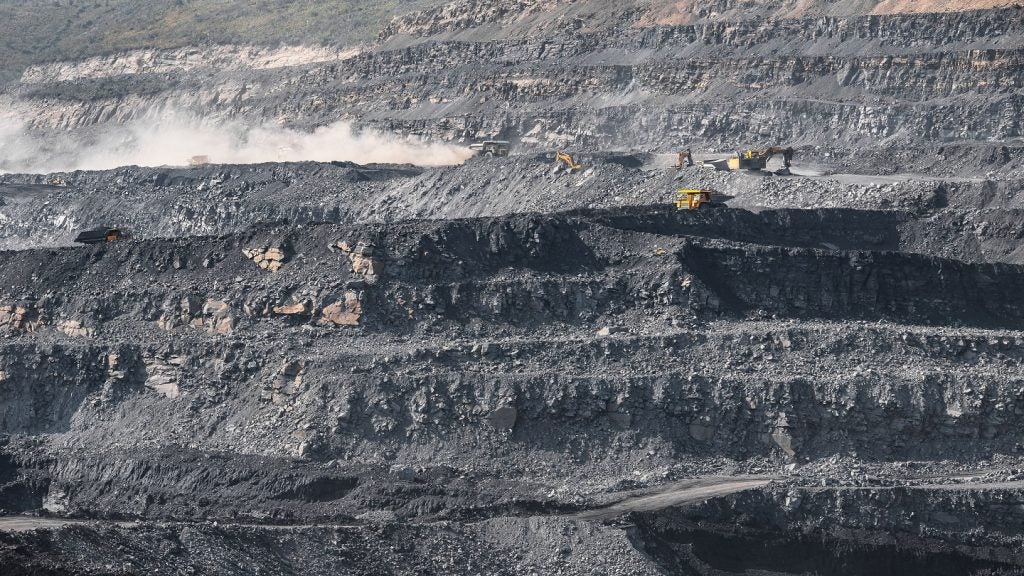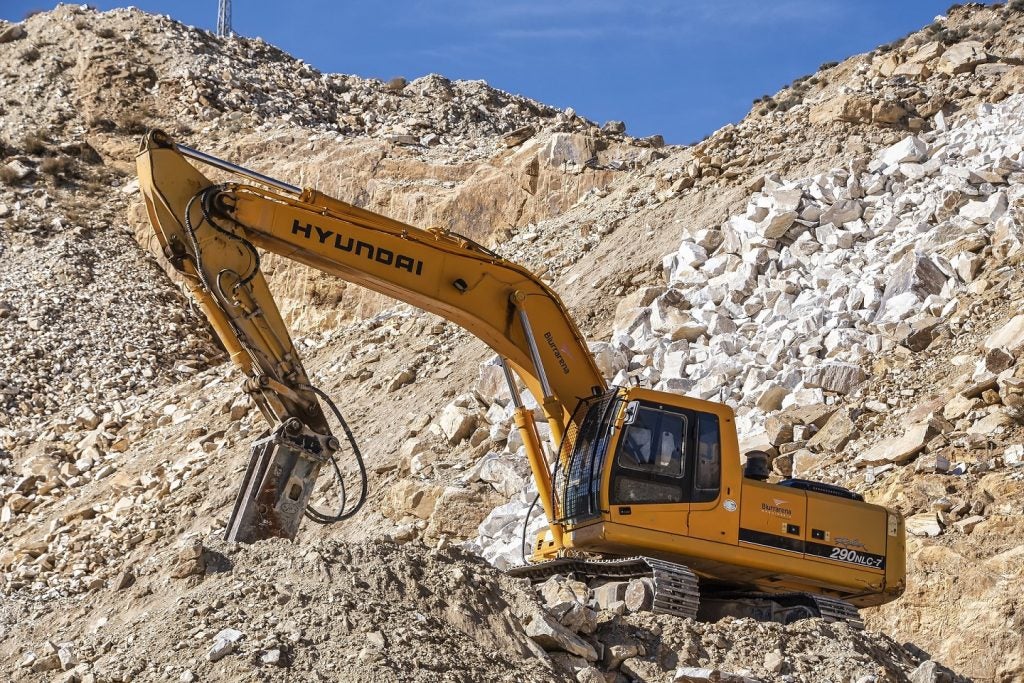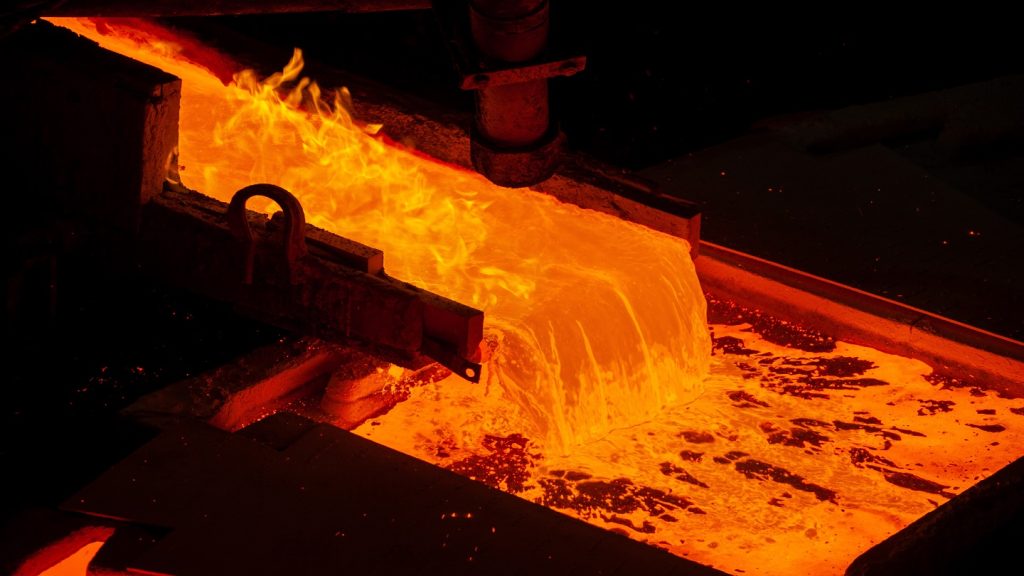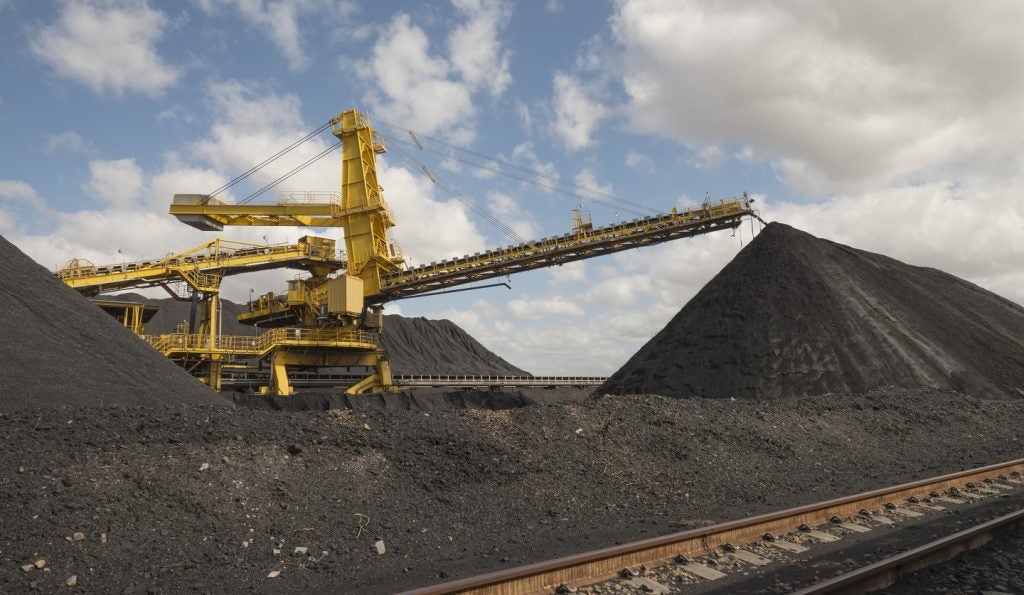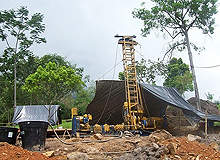
Global mining expansion by the growing BRIC countries to secure raw resources is one of the industry’s biggest ongoing headlines. Foremost amongst these new mining powers is China, a country that is assertively acquiring new mining concessions around the world.
Beyond physical growth, the BRIC nations have the potential to become technology leaders in the mining field, particularly China, which is already developing promising new coal processing innovations. Formed in May 2010, Colombia Clean Power & Fuels (CCPF) is a young US company that is developing coal mining operations in the Colombian departments of Boyacá and Santander, and is working with Chinese consultant Dongshi to produce metallurgical coke while capturing emissions.
We talked to CCPF’s chief operating officer and Fellow of the Geological Society of London Graham Chapman about China’s global expansion, its technological expertise and its somewhat shaky environmental record.
CL: Is there a heavy Chinese presence in the Colombian mining industry?
GC: I wouldn’t say there’s been particularly strong interest from the Chinese at this stage in Colombian coal operations. I think the main interest outside of the major players is coming from the Brazilians, who have been very active. And we’ve seen some other players like London Mining who have been active in trying to acquire coal resources as well.
I think that the Chinese are interested in the fact that Colombia is keen to build significantly more roads and rail. In a conference a couple of months ago the [Colombian] Ministry of Mines gave an overview on how they see the infrastructure in the country developing, and they indicated that there is a strong Chinese interest in both building and funding those sorts of projects. So China is mostly interested in infrastructure work.
See Also:
Really, I think it’s only fairly recently that much coal from Colombia has been going out to China. It’s obviously a very long sail; about 44 days. I would suspect, from a coal mine ownership point of view, Colombia wasn’t really on the Chinese radar screens simply because it was deemed to be too far away. That might change, but I think at the moment they’ve probably got their hands full with the other things they’re doing. So it’s more European and American interest in those operations within Colombia.
How well do you really know your competitors?
Access the most comprehensive Company Profiles on the market, powered by GlobalData. Save hours of research. Gain competitive edge.

Thank you!
Your download email will arrive shortly
Not ready to buy yet? Download a free sample
We are confident about the unique quality of our Company Profiles. However, we want you to make the most beneficial decision for your business, so we offer a free sample that you can download by submitting the below form
By GlobalDataCL: CCPF just announced the completion of a feasibility study for its coking facility by Hong Kong Dongshi Coal Chemistry Engineering Consultancy & Management. Could you talk about the contribution of Dongshi to the project?
GC: It’s been very good, very rewarding. Dongshi has been out to Colombia a few times and looked at the various operations. We know that the existing systems for coking coal in Colombia are very primitive. It’s virtually the same technology that was used by the Romans 2,000 years ago. So you have a technology that results in an indifferent quality of coke that’s very variable depending on the supply of coal, the design of the oven or the amount of oxygen being allowed in. It’s also environmentally damaging because all of the gases are released straight out of the top into the atmosphere. I’ve been to some of these small coke plants, where you can physically see damage to plant life near the facility.
So what we’ve done with Dongshi is a very good, modern technology. It’s not so complicated or sophisticated that it would maybe prove difficult to operate at this stage in Colombia – that’s something we believe will come later. For now we’re looking at trying to recover much more of everything that’s generated during the process, and the one we’ve just completed a feasibility study on is a good plant, it allows blending of the coal so that the feeding of the coal into the process is consistent. The process is well-controlled and well-maintained, and the heat is recovered and generates electricity. So it’s a good system that’s relatively simple at the same time.
CL: Do you think China is going to be a major source of innovation when it comes to clean coal technologies?
GC: I know that China has not particularly embraced the concept of CO2 and problems with greenhouse gases at the moment, but I think that’s something that will come through. I think they’ll recognise the need to make best use of resources, not just environmentally but commercially – it makes sense to try and capture, in this case, the heat and the chemicals that are emitted. Traditionally, the coal industry has been somewhat reluctant to put huge sums of money into development of new, cleaner technologies.
I think the Chinese will begin to change that – they’ll be the dominant coal supplier and the dominant coal producer, and they will recognise the need for change and begin to lead the world in clean coal technologies. For example, when I was involved in the underground coal gasification (UCG) business, that’s a technology China has recognised as a very important one both commercially and environmentally, and they’ve dedicated government support to develop their own resources and take the technology forward.
CL: Mining operations in China have been criticised for poor safety and environmental records. Do you think that Chinese mining expansion could have a negative effect on these issues around the world?
GC: It’s difficult to say, but I think the answer is no. There’s a theory out there that like peak oil, some people feel we’ve already passed the peak of the coal industry, which means that coal resources are getting more difficult to mine. So that potential may exist, but generally nowadays with the globalisation of the industry, even countries like Russia and China that have traditionally been much more closed are now pretty well bound by convention, they can’t keep accidents secret anymore.
All of the countries I’m aware of, and I’ve worked in Russia and China, are genuinely trying to move forward and acknowledge that while production is going up, there is a need for safety and environmental constraints to be implemented appropriately. I think one of the biggest issues with small mines in place like Colombia and China is allowing natural ventilation rather than a forced ventilation system.
CL: Do you think Chinese investment in Colombian coal mining and related infrastructure is a positive thing for the country?
GC: Absolutely. Improving that infrastructure will in my view elevate the country significantly, in making the best of the resources for its own purposes, and of course for developing the opportunities that go with it. I was in Indonesia for six years from 1996, and in many ways the feel of Colombia is not dissimilar to Indonesia in those years, when the coal mines were still ramping up and it was still relatively early days.
Logistics played a very important part in how Indonesia developed. Indonesia has been slightly lucky in that it has two or three major river systems, which could act as conduits for the coal to be transported and exported. Colombia has the same scenario because it has a major river running right through the middle of country to the Caribbean coast, and there is definitely barging potential on that. I think we’ve seen that there are very good coal resources in Colombia, and there’s a need to put the infrastructure in place to unlock those. From what I’ve seen, the Chinese have been very efficient in developing these sorts of projects, and as far as I can see it represents a very good deal for the country.
CL: Do you think Chinese demand for coal is, or will be, driving the development of coal industries around the world?
GC: Yes I do. Everybody who is talking about any demand/supply forecasts for coal always looks to China as one of the key drivers. The interesting thing is that the Chinese are committed to coal in a big way, but their coal resources are not as extensive as you might imagine. I think there’s about 55 billion tons of coal that has been proven in China, and they’re mining up to three billion tons a year. So they’ve been stuck on a 20 year window for some time now, and I know some academics in China have been warning that a lot of the resources that have been included in these figures actually represent very, very deep coal seams that probably can’t be mined with current technology.
So it just means that China is on this path of commitment to coal use, but with somewhat limited resources. It means we will probably see China very much driving long-term demand. When you look around the world, the problem is we don’t see much in terms of new deposits or new countries coming through as new suppliers like we did with Indonesia and Colombia 15 or 20 years ago. So we are seeing that the traditional coal mining countries are at the peak of production or even beginning to decline. I think the Chinese will have to start looking harder and harder, to open up coal countries that aren’t ideal. It’s a fascinating situation.



